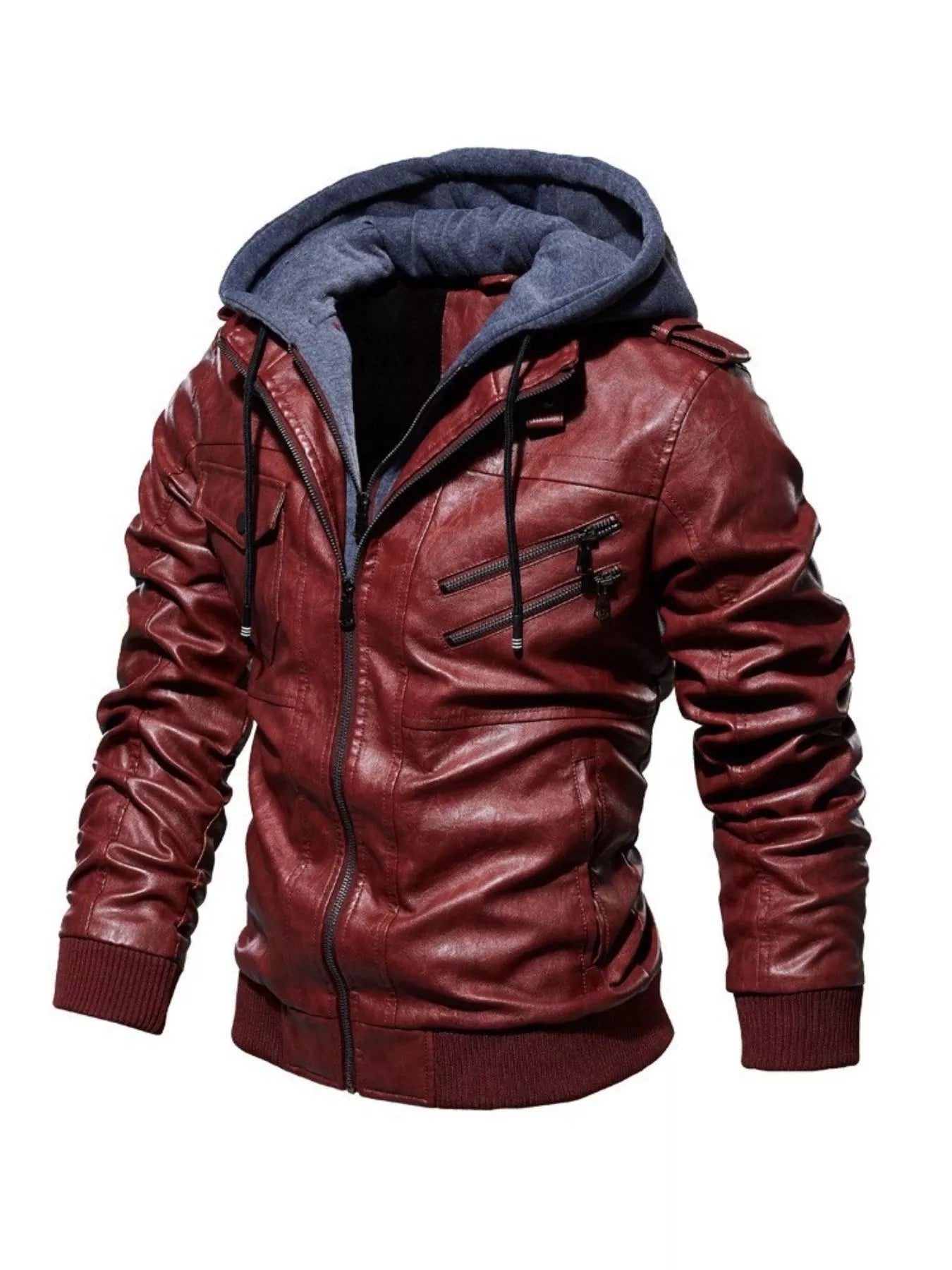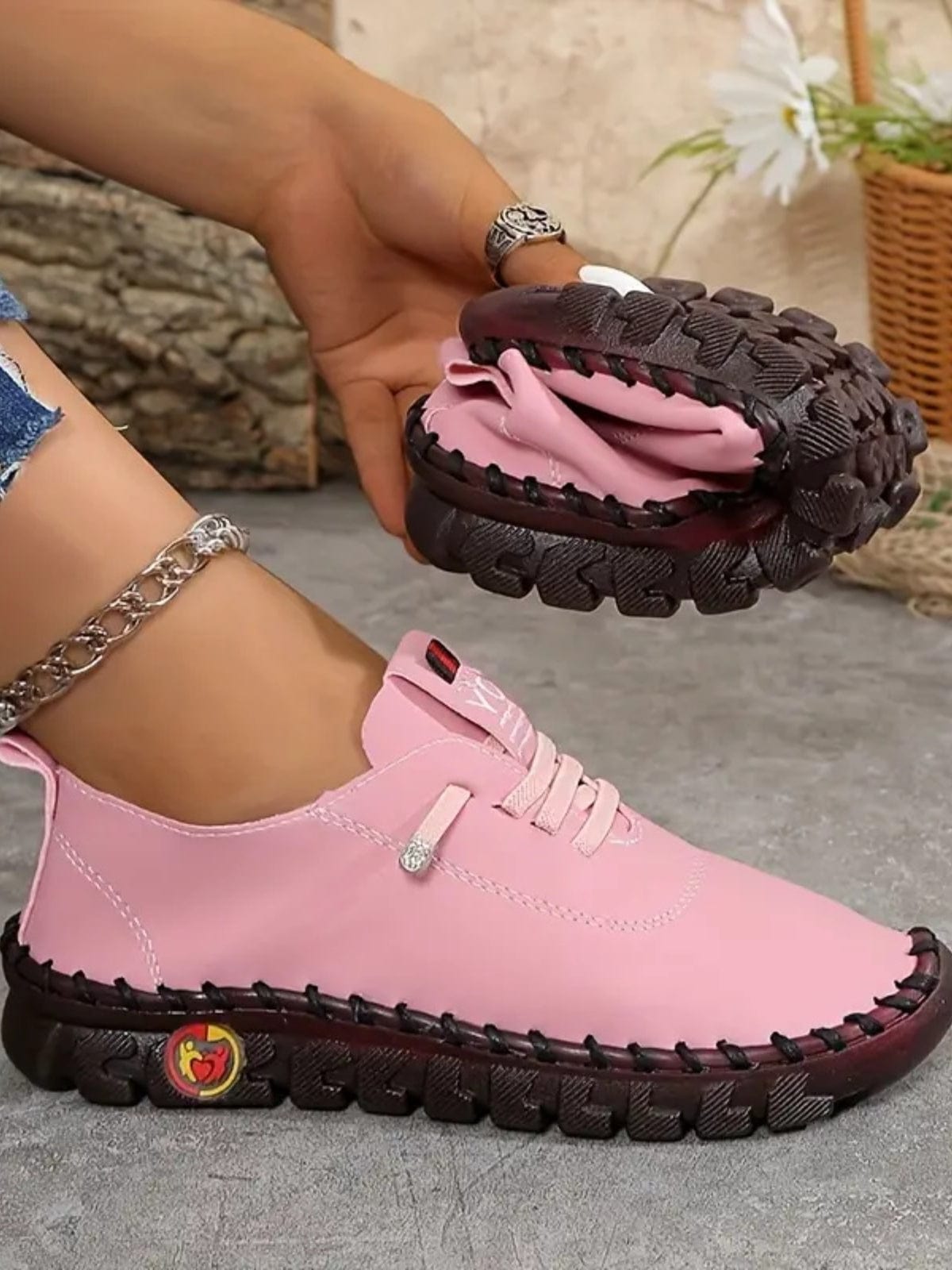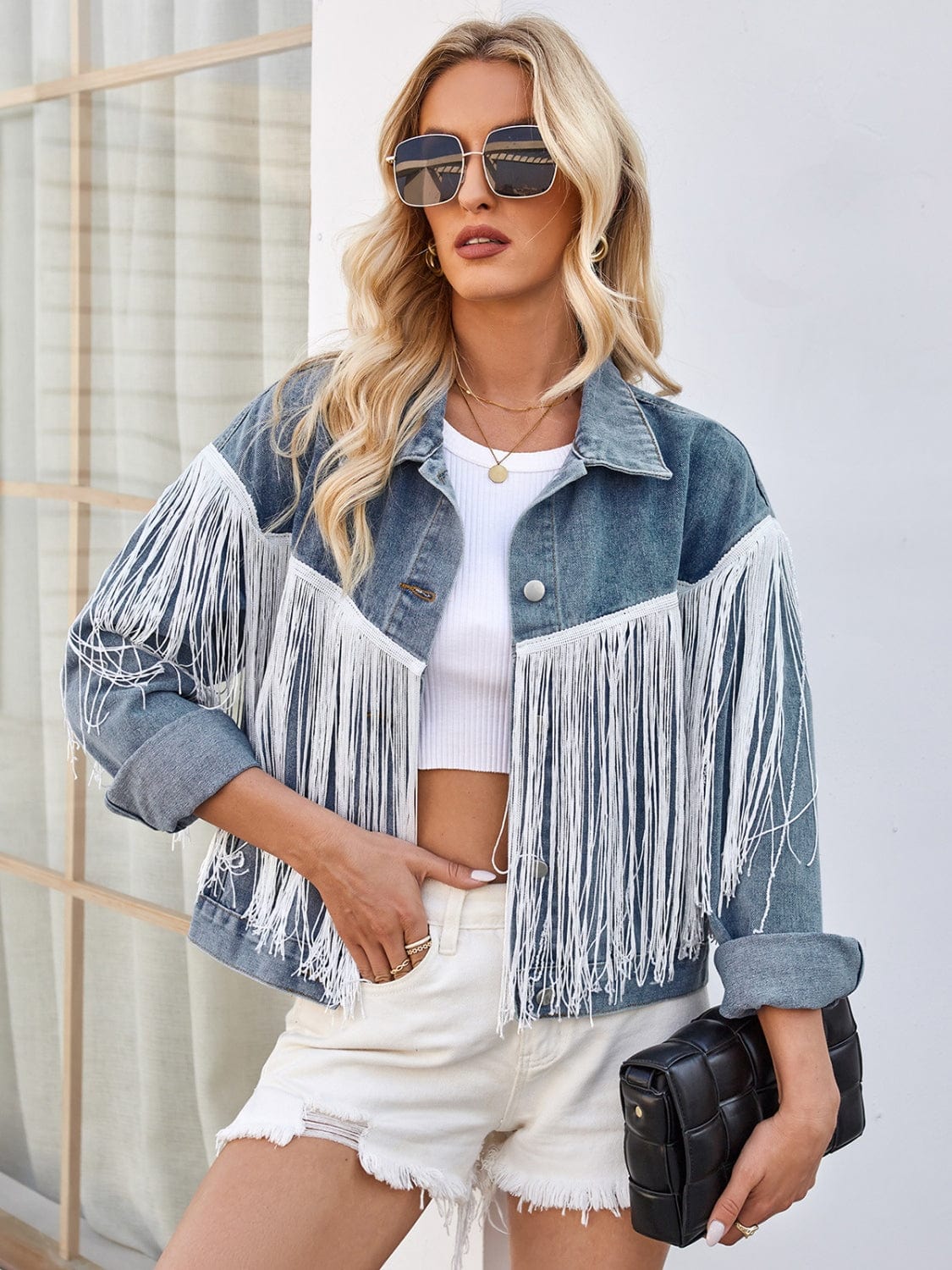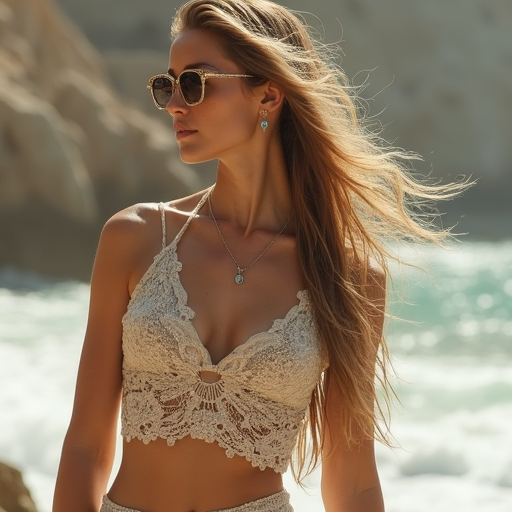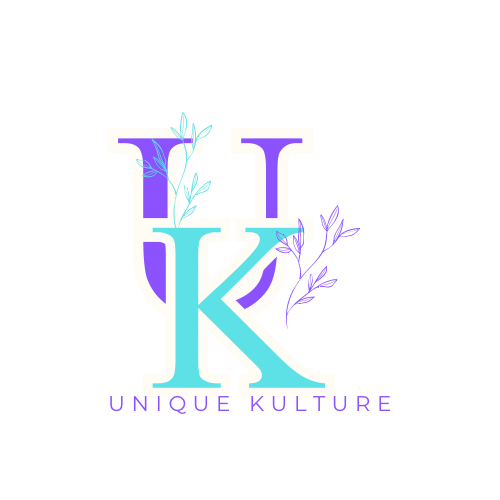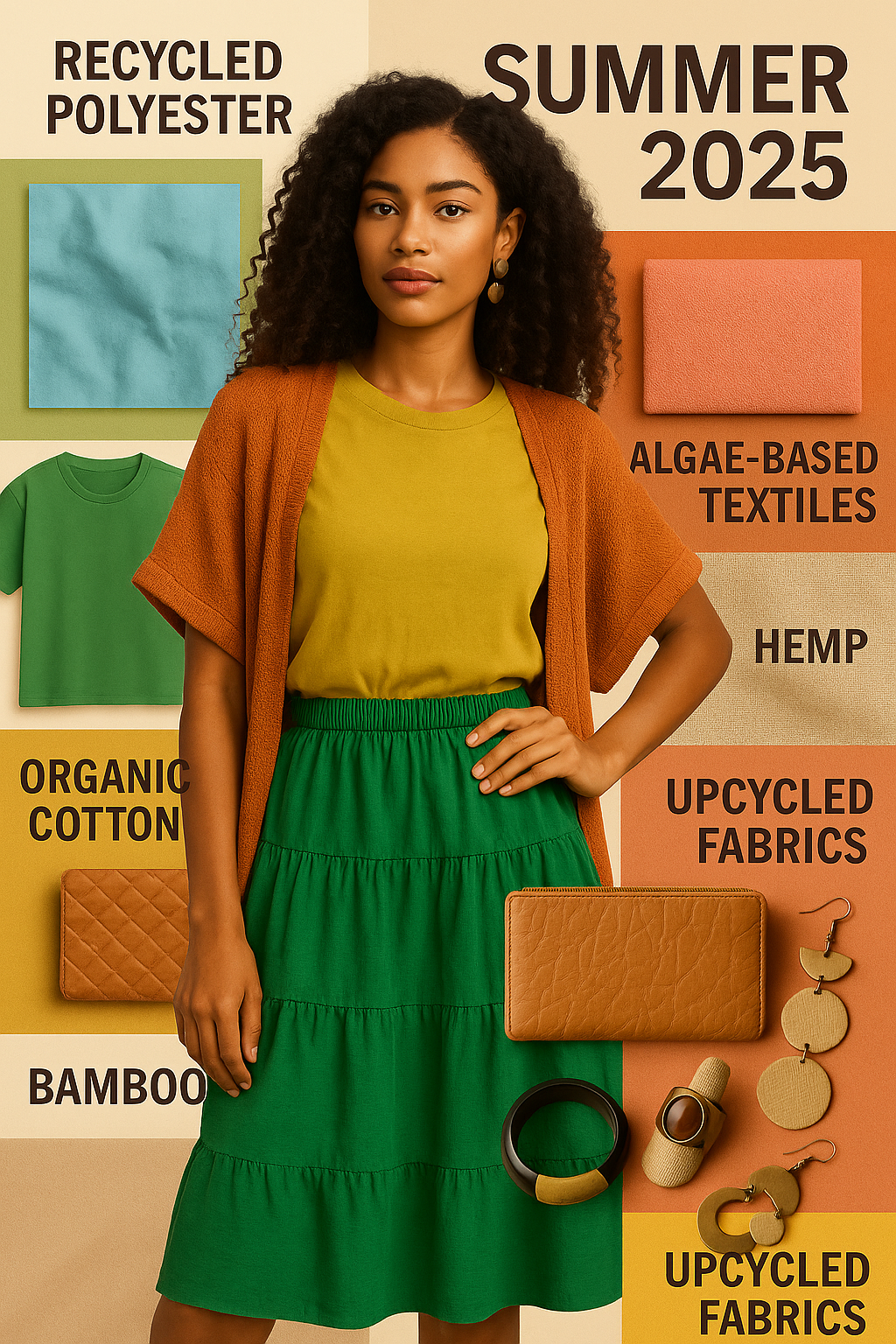
Eco-friendly materials are transforming the fashion industry in Summer 2025, offering stylish, innovative, and sustainable options for conscious consumers. These textiles are produced using renewable resources, recycled content, and cutting-edge processes that minimize environmental impact—proving you don’t have to compromise on style to make a difference.
-
: Made from post-consumer plastic bottles and waste, recycled polyester reduces landfill and ocean pollution while using less energy and water than traditional polyester.
Shop our dress collection or see the Halter Ruffled Dress in Blue for eco-friendly styles. -
: Grown without synthetic pesticides or fertilizers, organic cotton conserves water, promotes healthier soil, and delivers a soft, premium feel.
Discover sustainable accessories like the Chinese To Go Box Clutch in our eco-green collection. -
: Crafted from pineapple leaf fibers, this biodegradable and cruelty-free leather alternative is making waves in accessories and footwear.

- : Derived from renewable algae, these lightweight, breathable fabrics have a low carbon footprint and require minimal resources to produce.
-
: Fast-growing and soil-enriching, hemp produces durable, comfortable fabrics that get softer with every wash.
-
: Naturally antibacterial and moisture-wicking, bamboo fabric is soft, sustainable, and ideal for loungewear and basics.
-
: By repurposing leftover or discarded materials, upcycled fabrics reduce waste and create unique, limited-edition pieces.
Explore unique upcycled accessories and statement pieces in our Go Pink accessories or browse the full Go Pink collection.
-
: These materials use less water, energy, and chemicals, significantly reducing pollution and resource depletion.
-
: Many sustainable textiles support fair labor practices and safer working conditions.
-
: Modern eco-friendly fabrics offer unique textures, vibrant colors, and high-performance qualities—proving sustainability and luxury can go hand in hand.
-
Look for product descriptions that highlight specific sustainable materials, such as “crafted from 100% organic cotton” or “featuring recycled polyester lining.”
-
Choose brands that are transparent about their sourcing and production processes.
-
Experiment with upcycled accessories and nature-inspired color palettes for a fresh, on-trend look.

| Material | Key Benefits | Common Uses |
|---|---|---|
| Recycled Polyester | Reduces plastic waste, energy-efficient | Activewear, outerwear |
| Organic Cotton | Chemical-free, water-conserving | Tees, dresses, basics |
| Pineapple Leather | Biodegradable, cruelty-free | Bags, shoes, accessories |
| Algae-Based Textiles | Renewable, low-impact | T-shirts, lightweight apparel |
| Hemp | Fast-growing, durable, soil-enriching | Denim, jackets, hats |
| Bamboo | Soft, antibacterial, moisture-wicking | Loungewear, socks, underwear |
| Upcycled/Deadstock | Reduces waste, unique limited editions | Statement pieces, accessories |
By choosing eco-friendly materials, you’re supporting a healthier planet and a more responsible fashion industry—while staying ahead of the style curve for Summer 2025. Use these internal links to guide your customers to your most relevant and sustainable products.
